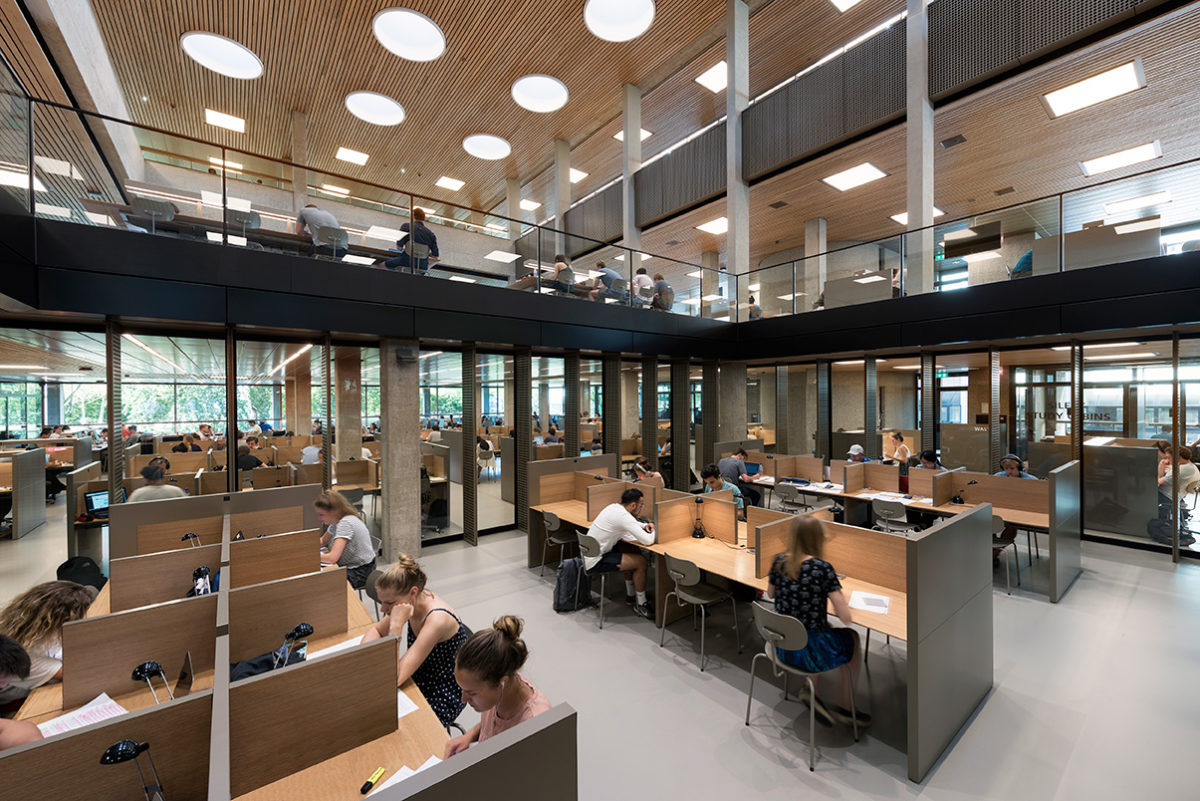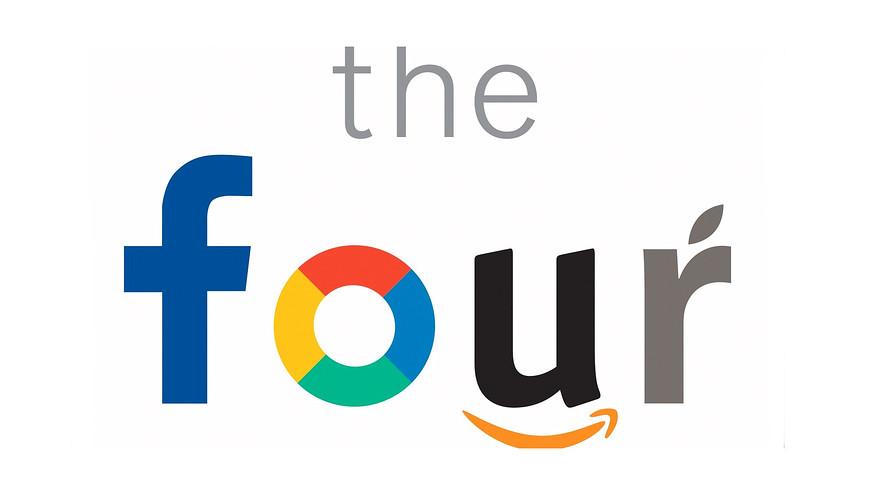It’s quite interesting how we are talking about new technologies. AI, Blockchain as well as opportunities for new business models and how they can potentially disrupt the world we are living in. But what is happening (or not happening) in front of our eyes?
Maybe one of the most ‘old school’ business models is the business model of a university, and also Erasmus University is still using it as of today. Students come in, they absorb knowledge and in the end they graduate (hopefully). Basically faculties are producers and student the consumers. Pretty easy right. The thing is, tuition fees won’t stop rising and student preferences on how to learn have developed in multiple directions over the years. And of course, for some the best way to learn is via the ‘old school’ way, but given the time we are living in we can say that universities (in general) are not the early-adopters of new technologies. But what if they would?
For example, providing virtual university programs can save up to 50% of the costs in tuition fees, which results in spending significantly less on studying. The University of Pennsylvania already started with offering full-online bachelor’s and master’s programs (Pranam, 2019). And a company like AT&T even invested 2 million dollars for their “desire to democratise education by expanding beyond physical class sizes”. Universities start to see the potential of offering ‘knowledge’ in a digital way, but they better see the potential since “25% of the universities are expected to fail in the next 20 years due to heavy losses incurred by pricy facilities and declining student registration”. Although this was expected to happen in America, this could also cause serious threats for universities in other countries.
This is where AI comes in. As Pranam describes: “For students that don’t thrive in the regular classroom setting, AI-enabled learning management systems (LMS) can deploy surveys to categorize individuals into distinct learning buckets (e.g. visual, auditory, text), which can provide effective and targeted content that fits with each preferred learning style. Beyond just identification of preferences, the platforms can also break down long-form lectures and reading assignments into smaller, atomic components that are easily digestible.” these influences can help students in studying way more efficient and effective. And also for foreign students that face a serious language barrier, AI can help with the means of deep-learning systems that are able to translate any language into a student’s native language in real-time (Brynjolfsson and Mcafee, 2017). AI can help a lot in education, and it time to see change, also within the world universities.
What do you think about innovations within universities and what (disruptive) path they should take in the future? What should Erasmus do?
References:
Scott, R. (2019). The Business Model of Higher Education. [online] Higheredjobs.com. Available at: https://www.higheredjobs.com/blog/postDisplay.cfm?post=1607&blog=22 [Accessed 7 Oct. 2019].
Pranam, A. (2019). Transforming Online Learning With Artificial Intelligence. [online] Forbes.com. Available at: https://www.forbes.com/sites/aswinpranam/2019/10/04/transforming-online-learning-with-artificial-intelligence/?ss=ai#264c70a8432e [Accessed 8 Oct. 2019].
Brynjolfsson, E., and Mcafee, A. 2017. The business of artificial intelligence: what it can and cannot do for your organization. Harvard Business Review.


